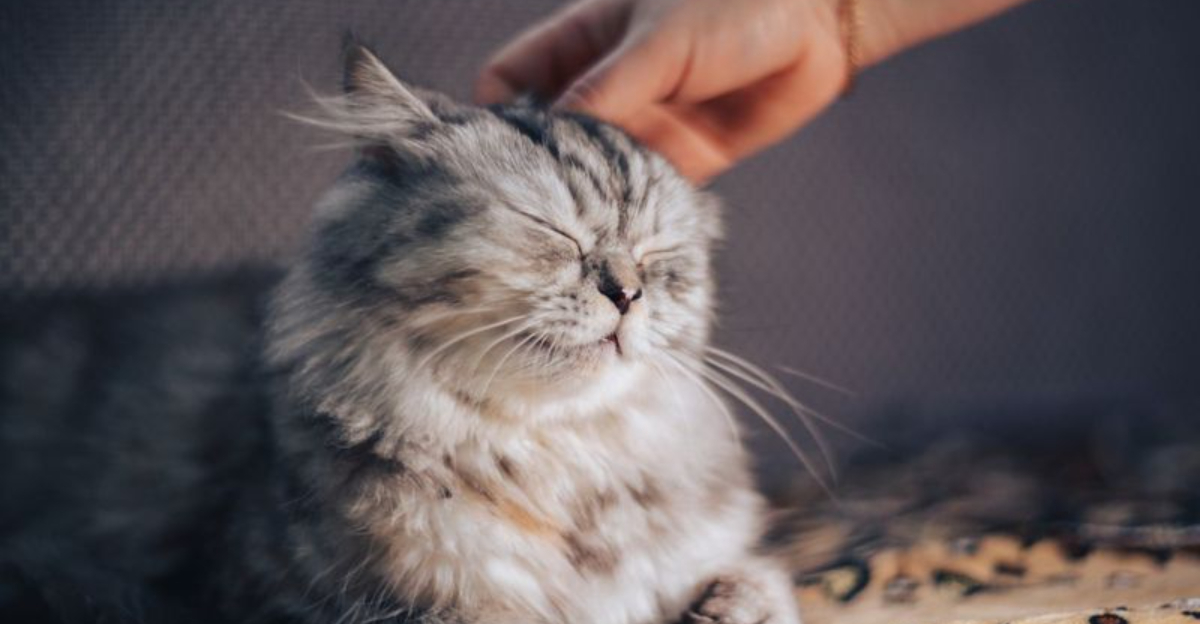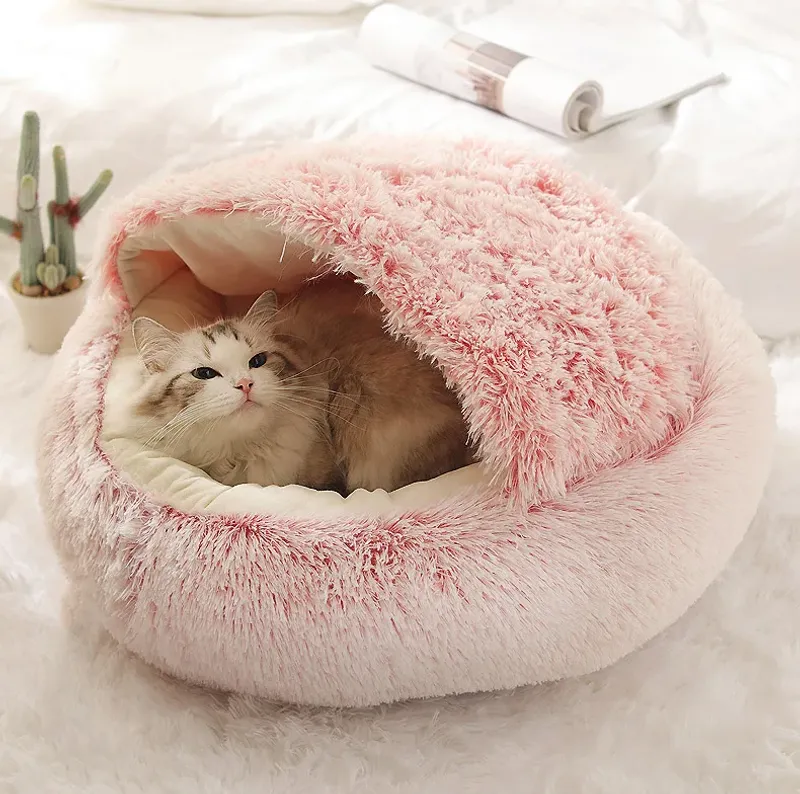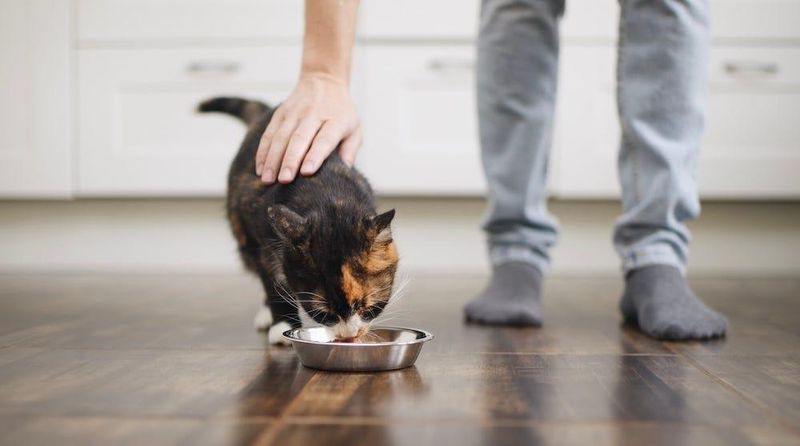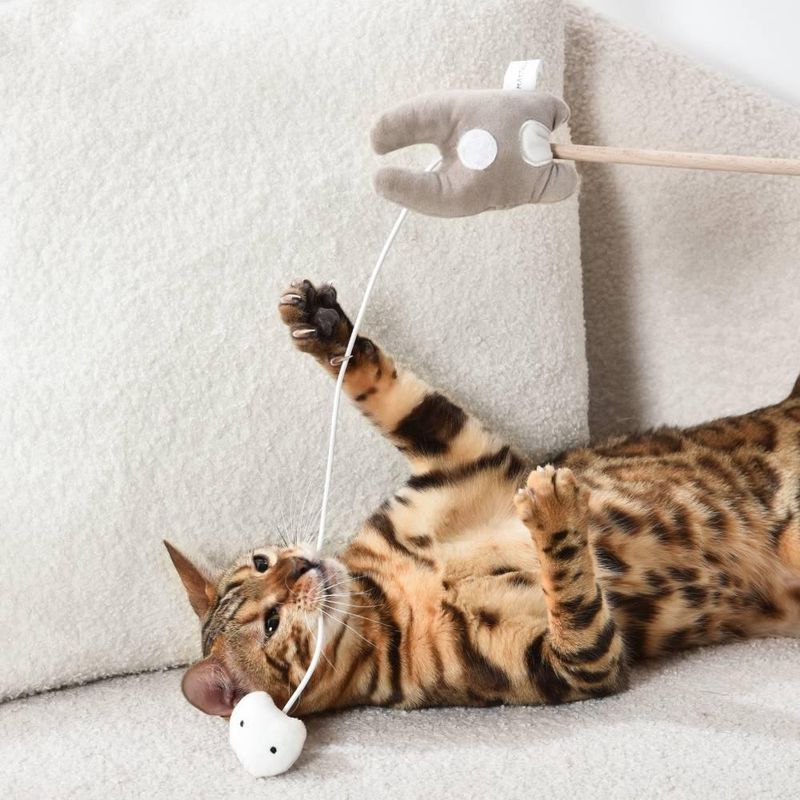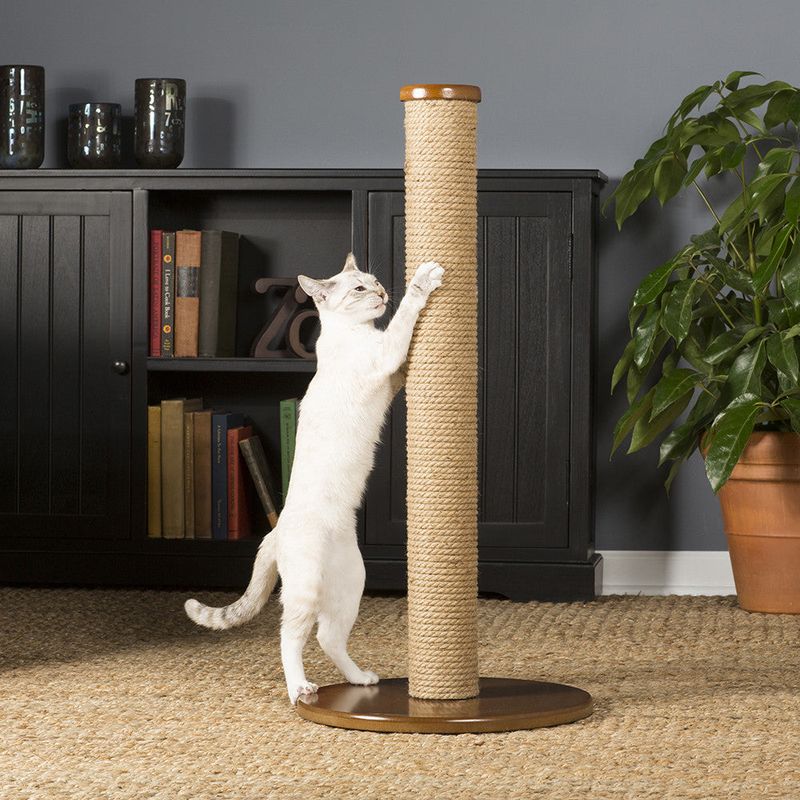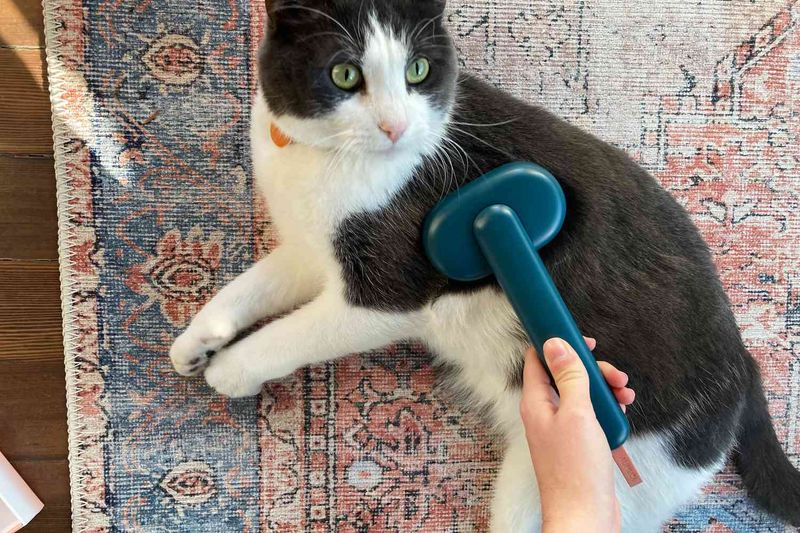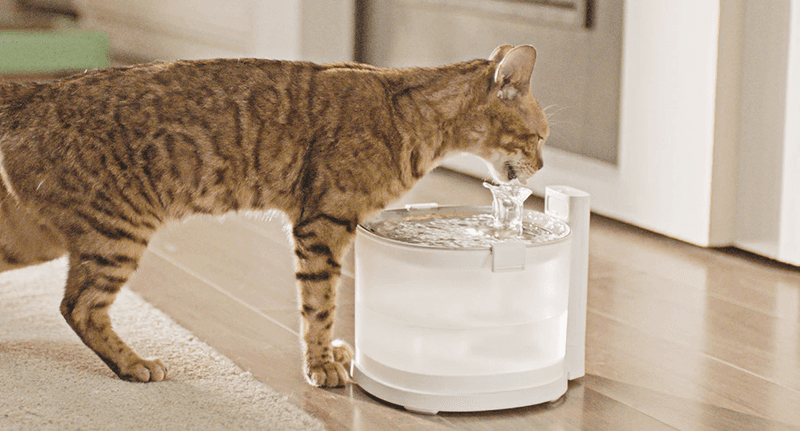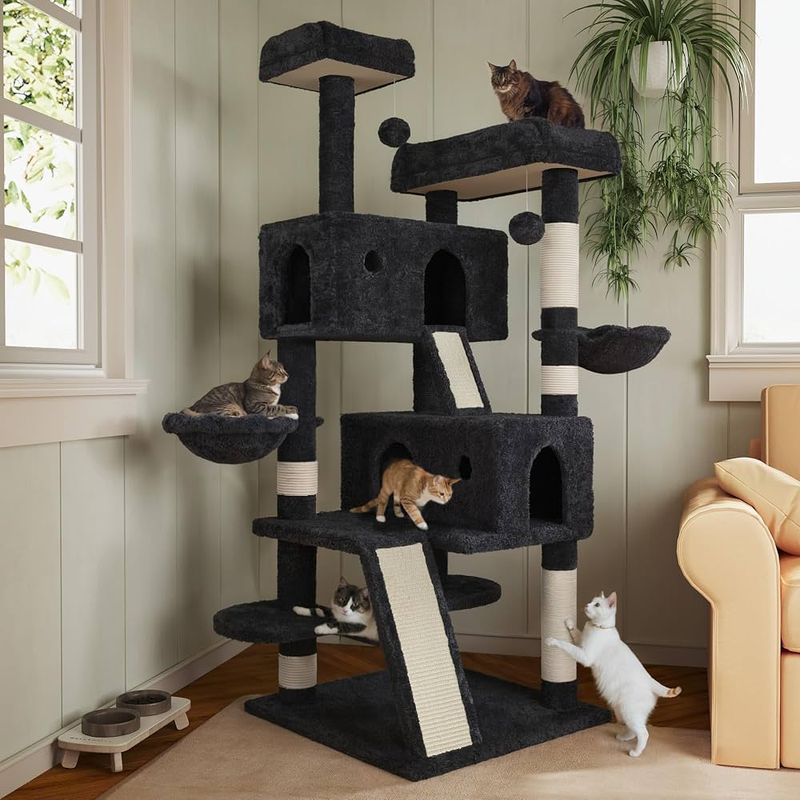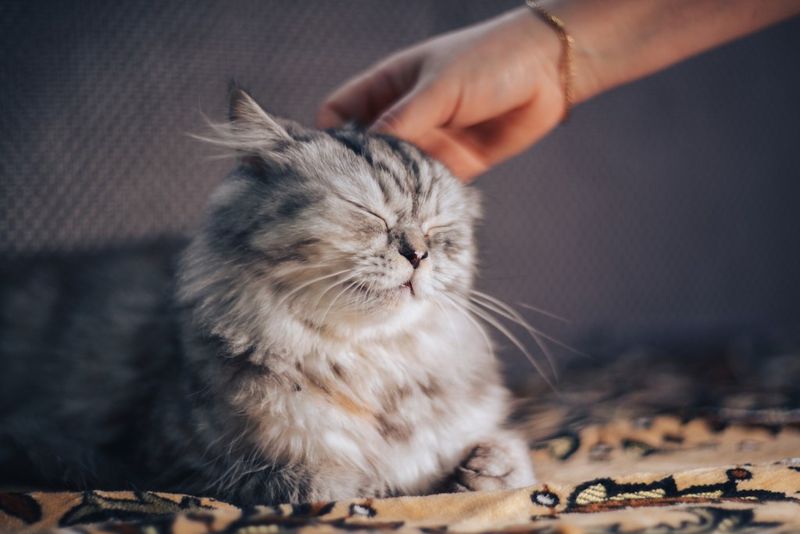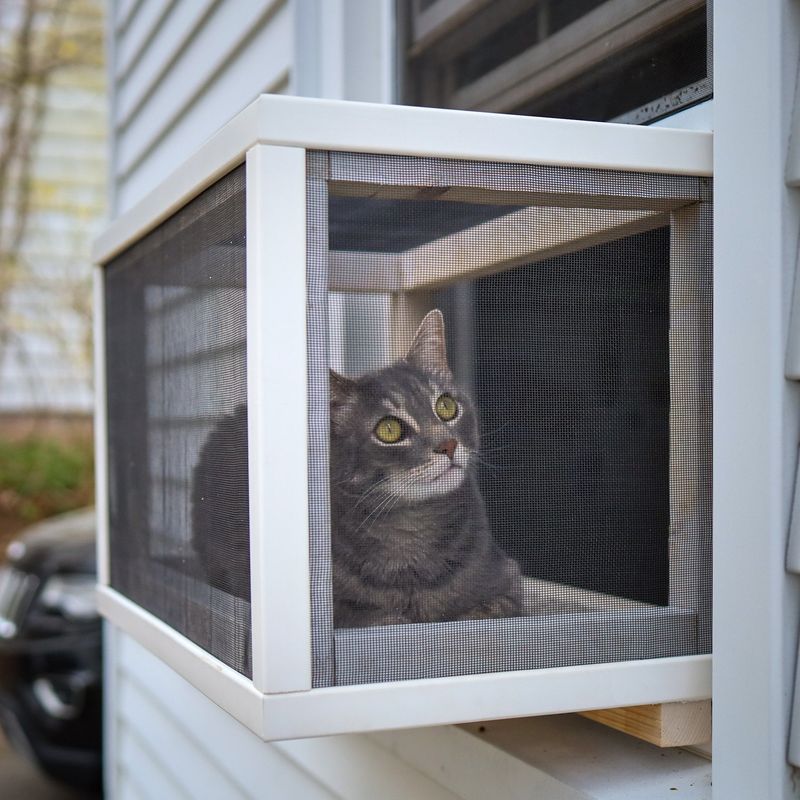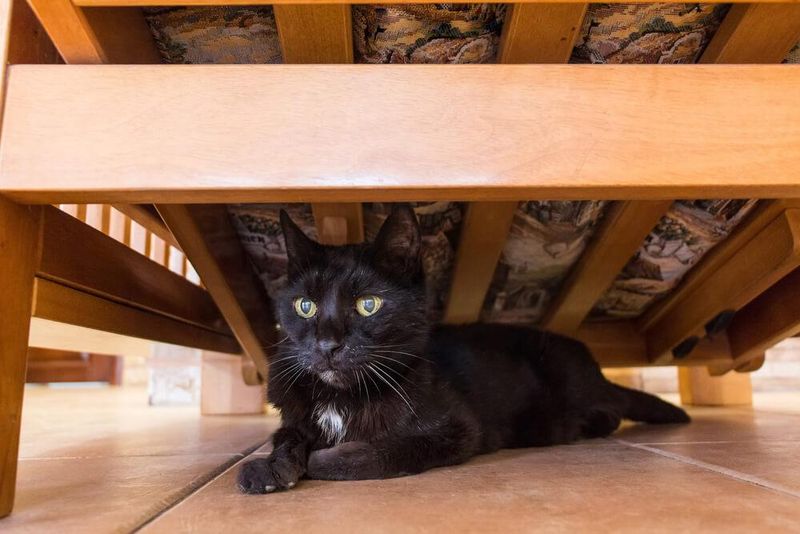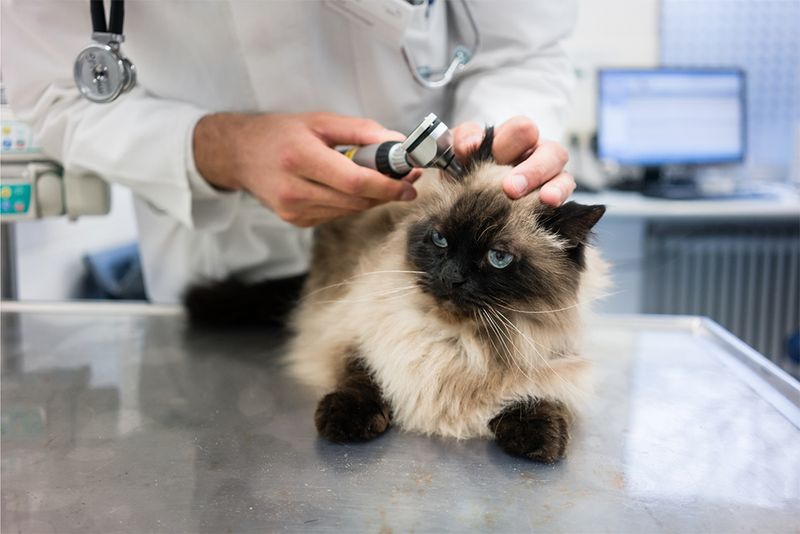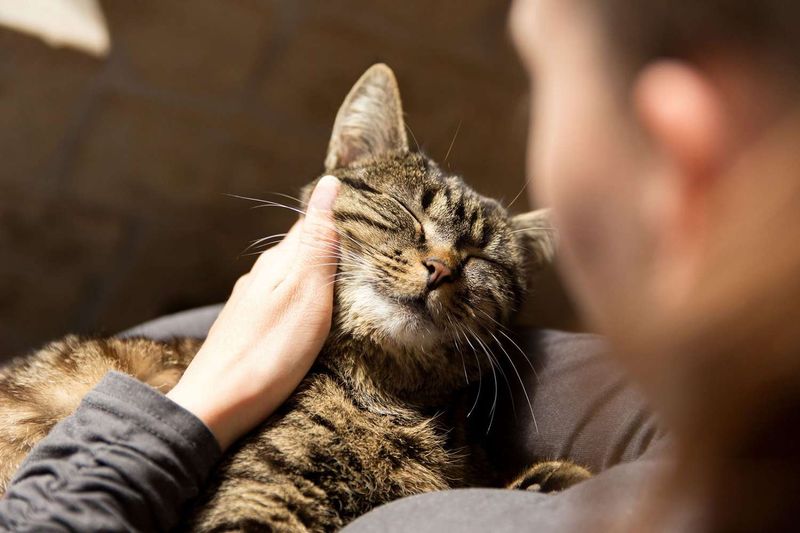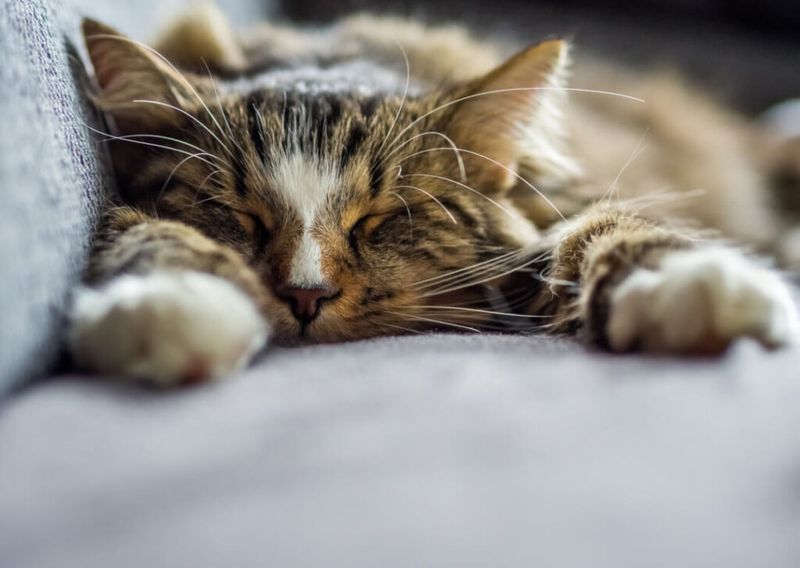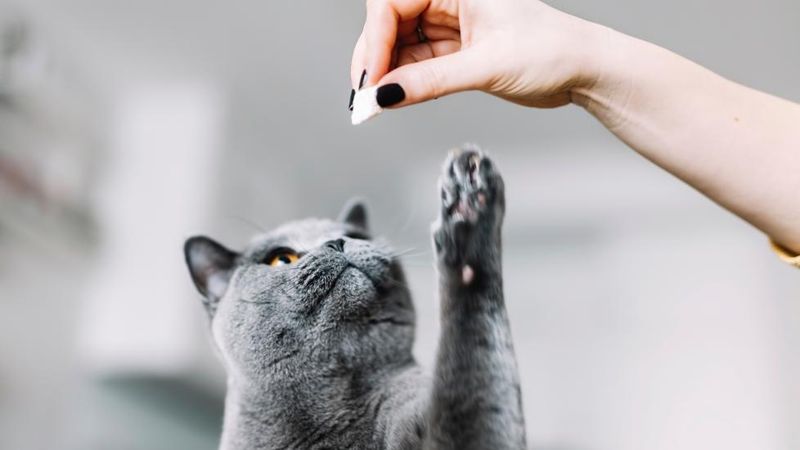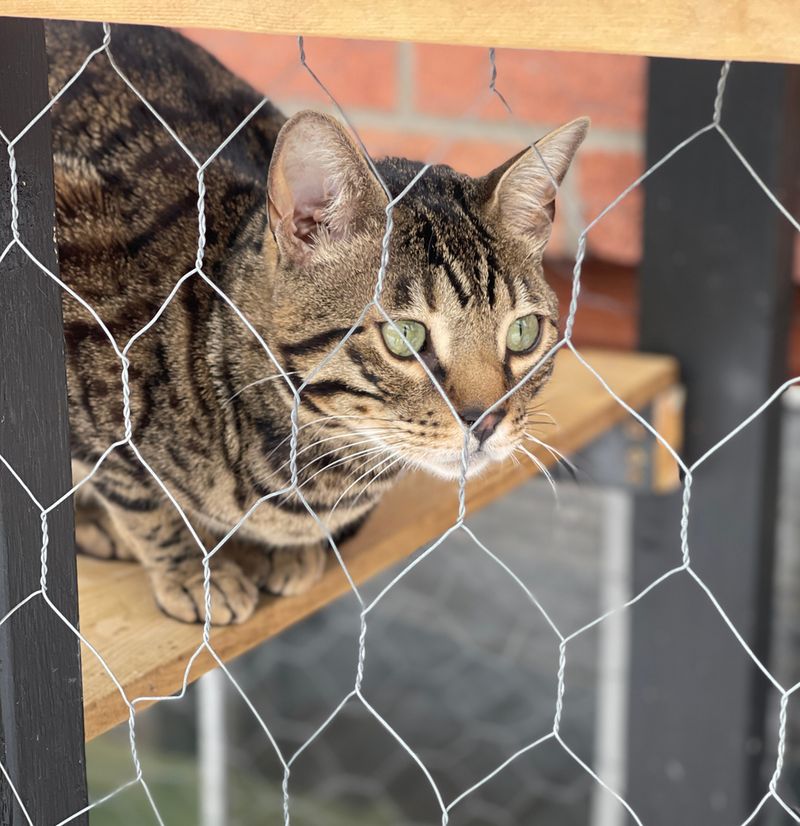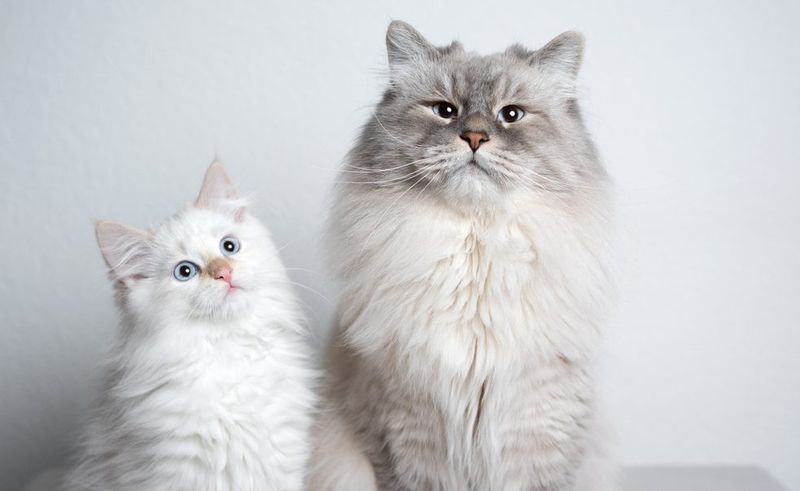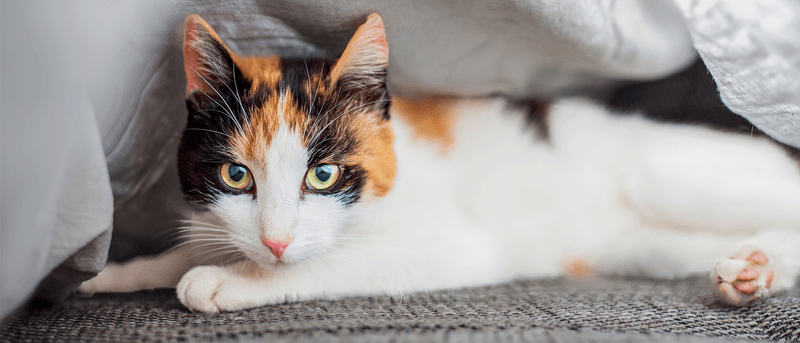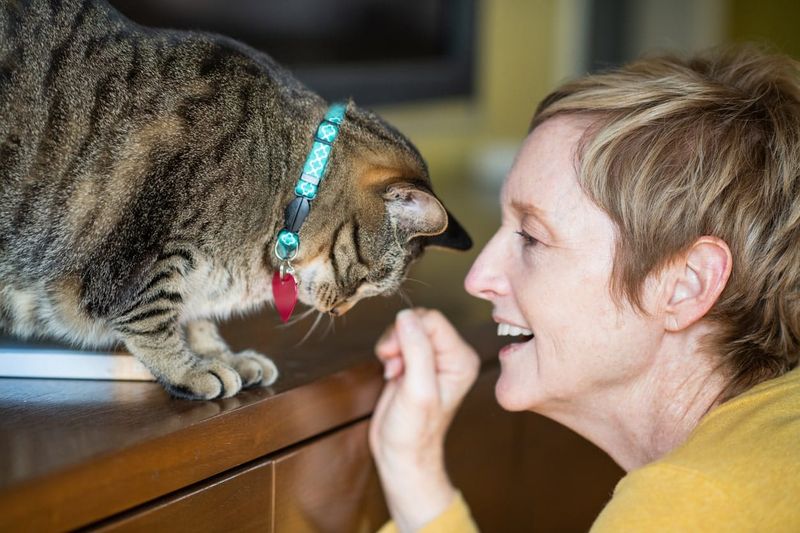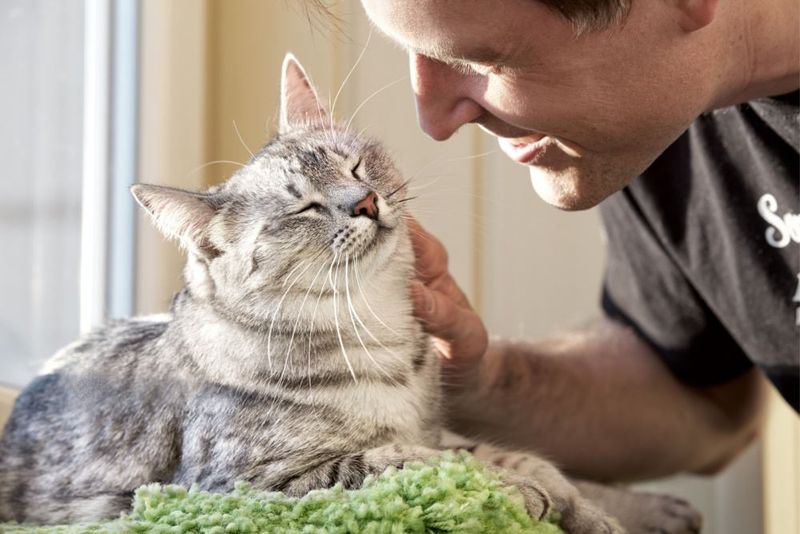📖 Table of Content:
- 1. Create a Cozy Sleeping Nook
- 2. Establish a Regular Feeding Schedule
- 3. Invest in Interactive Toys
- 4. Master the Art of Perfect Scratching Posts
- 5. Schedule Regular Grooming Sessions
- 6. Provide Fresh, Clean Water Sources
- 7. Create Vertical Space Adventures
- 8. Learn Their Body Language
- 9. Designate Daily Cuddle Time
- 10. Offer Enrichment Through Window Views
- 11. Respect Their Need for Hiding Places
- 12. Schedule Regular Veterinary Check-ups
- 13. Learn and Respect Individual Preferences
- 14. Create a Calm Home Environment
- 15. Use Positive Reinforcement Training
- 16. Provide Safe Outdoor Experiences
- 17. Introduce New Things Gradually
- 18. Recognize and Reduce Stress Triggers
- 19. Give Them Your Undivided Attention
- 20. Talk to Them Regularly
Cats may seem independent, but they crave love and attention just like any pet. Showing your feline friend you care goes beyond filling their food bowl. These meaningful gestures strengthen your bond and improve your cat’s overall happiness. Ready to become the purr-fect cat parent? Here are twenty ways to show your cat some extra love that they’ll genuinely appreciate.
1. Create a Cozy Sleeping Nook
Cats spend up to 16 hours daily sleeping, making their rest spots incredibly important. A dedicated bed placed in a quiet, warm corner gives your cat the security and comfort they crave.
Line it with soft blankets that hold your scent, which provides reassurance when you’re away. Cats naturally seek elevated positions, so consider a perch near a window. Your feline will feel treasured having their own special zone in your home. The investment in a quality bed pays off in your cat’s improved sleep quality and reduced stress levels.
2. Establish a Regular Feeding Schedule
Consistency matters tremendously to cats. Setting fixed meal times creates a reliable routine that reduces anxiety and builds trust. Your cat will appreciate knowing exactly when food arrives. Use this opportunity to provide fresh water alongside meals. Many cats develop stronger bonds with owners who are directly involved in their feeding process rather than using automatic feeders exclusively.
Watch how your cat’s behavior changes – they’ll likely start anticipating meal times by waiting near their feeding area or gently reminding you when it’s time. This predictability makes them feel secure and cared for.
3. Invest in Interactive Toys
Playtime isn’t just fun – it’s essential for your cat’s physical and mental wellbeing. Interactive toys that mimic prey movements satisfy their natural hunting instincts while providing necessary exercise. Wand toys with feathers or small attachments allow you to actively participate in play sessions.
This engagement shows your cat you value spending time with them and understand their needs. Rotating toys regularly keeps experiences fresh and exciting. Your cat will associate you with fun and stimulation, strengthening your relationship. The mental stimulation from play helps prevent behavior problems that stem from boredom.
4. Master the Art of Perfect Scratching Posts
More than a quirk, scratching is essential for your cat’s physical and emotional well-being. It sharpens claws and leaves scent markers. Giving them several solid scratch zones shows real understanding.
Select posts tall enough for a full stretch (at least 3 feet) with various textures. Some cats prefer sisal rope while others like cardboard or carpet materials. Strategic placement matters too – put posts near sleeping areas and in social spaces. Your cat will feel respected when their natural behaviors are accommodated rather than punished, leading to a happier, more secure pet.
5. Schedule Regular Grooming Sessions
Brushing your cat does more than reduce hairballs and shedding – it creates a bonding ritual many cats genuinely enjoy. Short sessions of 5-10 minutes with the right brush for your cat’s coat type make a tremendous difference.
Long-haired breeds especially benefit from regular grooming that prevents painful mats from forming. The gentle touch during brushing mimics maternal grooming, creating feelings of security and care. Pay attention to your cat’s response and respect their limits. Some prefer brief sessions while others luxuriate in extended grooming time. This personalized care demonstrates your attentiveness to their individual preferences.
6. Provide Fresh, Clean Water Sources
Many cats drink insufficiently, leading to urinary and kidney issues. Multiple water stations throughout your home encourage better hydration habits that protect their long-term health. Consider a cat fountain – moving water naturally attracts cats due to their instinctual preference for fresh water sources.
Clean bowls daily to prevent bacterial growth that cats can detect with their sensitive noses. Placing water away from food bowls actually increases consumption, as cats instinctively avoid water near their food in the wild. This thoughtful arrangement shows you’re attuned to their natural preferences rather than just providing the basics.
7. Create Vertical Space Adventures
Cats are natural climbers who view their territory in three dimensions. Cat trees, shelves, and perches satisfy their instinctual need to survey their domain from above while providing exercise and mental stimulation. Vertical spaces serve as safe retreats when your cat feels overwhelmed or when visitors come over.
The security of height allows them to observe without feeling threatened. Strategically placing climbing opportunities near windows adds entertainment value through bird and squirrel watching. Your cat will appreciate this thoughtful environment design that respects their natural behaviors and provides both security and enrichment.
8. Learn Their Body Language
While cats may not always speak up, their bodies do the talking. Noticing the nuances in how they hold their tail or angle their ears is a sign that you care enough to understand their world.
A slowly blinking cat is showing affection – try returning these “cat kisses” to communicate love in their language. Recognizing when your cat needs space versus when they’re inviting interaction prevents unwanted handling that creates stress. Your cat will feel deeply understood when you respond appropriately to their signals. This mutual understanding builds trust that forms the foundation of a strong human-feline relationship and demonstrates your commitment to respecting their boundaries.
9. Designate Daily Cuddle Time
Regular physical affection on your cat’s terms creates security and reinforces your bond. Some cats prefer brief sessions while others enjoy extended cuddling – respecting their individual preference matters tremendously. Pay attention to preferred petting spots, which vary by cat. Many enjoy cheek and chin scratches while finding belly touches threatening.
Learning these preferences shows attentiveness to their comfort. Morning or evening cuddle routines provide consistency cats appreciate. The physical contact releases oxytocin for both of you, creating genuine feelings of connection and well-being. Your cat registers this dedicated attention as proof of your special relationship.
10. Offer Enrichment Through Window Views
Window perches provide endless entertainment for indoor cats, connecting them safely to the outside world. The stimulation of watching birds, squirrels, and neighborhood activities prevents boredom and satisfies natural curiosity.
Adding a bird feeder outside creates a “cat TV” experience they’ll appreciate daily. During warmer months, opening screened windows allows sensory enrichment through fresh air and outdoor sounds. Rotating your cat’s access to different windows throughout your home provides variety in their viewing experiences. This simple accommodation acknowledges their need for environmental stimulation even when safely contained indoors, showing thoughtfulness about their psychological well-being.
11. Respect Their Need for Hiding Places
Providing quiet, enclosed spots around your home is key to your cat’s emotional well-being. When they choose to hide, they’re self-soothing. Honor that instinct, and you’ll deepen your bond.
Even confident cats need occasional privacy, especially in multi-pet households or busy homes with children. Creating designated retreat spaces signals your understanding of feline psychology. Your cat will feel more secure knowing they have control over their social interactions, leading to a more confident pet who chooses to spend time with you because they want to, not because they have no escape.
12. Schedule Regular Veterinary Check-ups
Annual checkups are more than routine—they’re a powerful act of love. Since cats tend to hide illness until it’s serious, regular exams are key to catching health issues early. Choosing a cat-friendly vet with quiet spaces or feline-only hours makes visits far less stressful.
Bringing your cat’s carrier out days before appointments helps them acclimate, making the experience less traumatic. Maintaining vaccination schedules and preventative treatments protects against preventable suffering. While your cat may not enjoy vet visits, this essential care demonstrates your commitment to their long-term well-being and quality of life.
13. Learn and Respect Individual Preferences
No two cats are alike. By noticing their favorite nap spots, preferred playthings, and how they like to be handled, you show genuine care for their personality. While one cat may crave belly rubs, another might find them threatening—and that’s okay.
These preferences aren’t random – they’re expressions of your cat’s unique personality. Adapting your interactions to match these preferences demonstrates profound respect. Your cat will feel truly seen and appreciated as an individual with their own valid preferences, strengthening your bond through this personalized attention.
14. Create a Calm Home Environment
From sudden sounds to household chaos, cats are deeply affected by their surroundings. A peaceful atmosphere and steady routine go a long way in keeping their minds calm and content.
Consider your cat when playing music or television – extremely loud volumes can cause anxiety. Creating quiet zones in your home where your cat can retreat from noise shows thoughtfulness about their comfort. During unavoidable disruptions like parties or home renovations, setting up a secure quiet room with familiar items helps them cope. This environmental awareness demonstrates you recognize their sensitivity and prioritize their emotional well-being.
15. Use Positive Reinforcement Training
Training cats with kindness builds trust and confidence. Using treats and praise, short sessions focused on simple tricks offer both mental stimulation and a shared language you’ll both enjoy.
Clicker training works particularly well, creating clear associations between desired behaviors and rewards. Keep sessions under five minutes to match their attention span. Beyond the practical benefits, training acknowledges your cat’s intelligence and capability to learn. The process builds mutual understanding and respect. Your cat will appreciate these engaging interactions that challenge their mind while creating positive associations with you.
16. Provide Safe Outdoor Experiences
Many indoor cats benefit tremendously from controlled outdoor access that satisfies their natural curiosity safely. Catios (enclosed outdoor patios), secure window boxes, or leash training with a proper harness provide enrichment without risk. Fresh air, natural light, and the sensory stimulation of outdoor sounds and smells enhance their quality of life.
Even brief supervised outdoor experiences can reduce stress-related behaviors like excessive grooming or aggression. These accommodations balance safety with natural needs. Your cat will appreciate this thoughtful compromise that protects them from dangers while still allowing them to experience the outdoor world they instinctively crave.
17. Introduce New Things Gradually
Change can be overwhelming for cats, who rely on routine to feel secure. Introducing new elements—like food, litter, or furniture—should be done slowly. Start with small changes, like mixing new litter with the old, so they can adapt without stress.
For new foods, offer small amounts alongside regular meals before transitioning completely. This patience during transitions prevents anxiety and associated behavior problems like inappropriate elimination. Your cat will feel secure knowing their environment remains predictable even during necessary changes, building trust in your role as their consistent caretaker.
18. Recognize and Reduce Stress Triggers
Subtle signs like hiding more often, skipping meals, or avoiding the litter box can indicate that your cat is stressed, not acting out. Common causes include changes in routine, new pets, or unfamiliar guests.
Using calming pheromone products like Feliway can help during unavoidable stressful periods. Taking proactive steps to minimize these triggers demonstrates deep care. Your cat will feel protected when you advocate for their emotional needs, like asking guests to respect their space or maintaining consistent routines during holidays. This awareness creates a secure environment where they can thrive.
19. Give Them Your Undivided Attention
Quality attention without distractions speaks volumes to cats. Setting aside just 10-15 minutes daily for focused interaction – without phones or screens – creates a meaningful connection your cat genuinely values. Follow their lead during these sessions. Sometimes they’ll want active play, other times gentle petting, or simply sitting nearby.
The key is being fully present and responsive to their cues. This dedicated time communicates that they’re a priority, not an afterthought. Your cat will respond with increased affection and trust when they consistently receive this genuine, undistracted attention that acknowledges their importance in your life.
20. Talk to Them Regularly
Your cat knows your voice—and hearing it can be a source of calm. Whether you’re narrating chores or just chatting, regular, gentle conversation builds connection. What you say doesn’t matter as much as how you say it: soothing, higher tones often get the best reactions.
Many cats develop larger vocal repertoires when their owners talk to them regularly. This verbal interaction acknowledges their presence and importance in your life. Your cat will feel included rather than ignored when you make this simple effort to communicate verbally, even if they don’t understand the specific words. The attention and recognition build their confidence and strengthen your bond.
